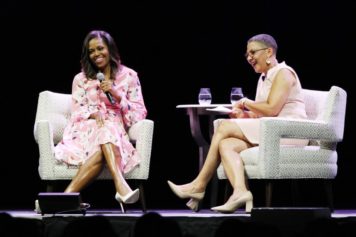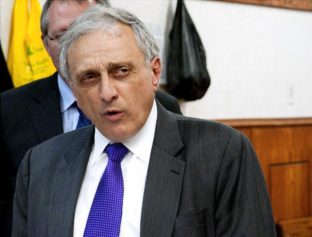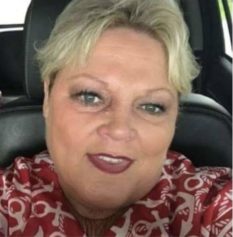After spending the first term inspiring Americans, particularly children, to exercise with the “Let’s Move” campaign, first lady Michelle Obama is now concerning herself with what’s going in their bodies with the “Drink Up” campaign.
Specifically, the first lady is encouraging the nation to drink more water.
To kick off the campaign, Obama picked Watertown, Wisc., where she announced the initiative, accompanied by actress Eva Longoria. She will be blanketing the airwaves, doing interviews with Today, Good Morning America and Un Nuevo Dia, among others, and enlisting a parade of A-list celebrities to help get out the message via Twitter, with the hashtag #DrinkH2O. In addition, the White House campaign is launching a new Web site: YouAreWhatYouDrink.org.
According to Sam Kass, executive director of the Let’s Move campaign, they were looking for “simple actions” to improve health. “We think that a positive, forward-leaning visionary campaign to inspire people to drink more water is going to be the most effective way to help people get the amount of water they need,” Kass said in a conference call with reporters. “We are going to keep it positive from start to finish.”
Corporate America will get into the act, as a long list of companies, including Nestle Waters, Brita, Dasani, Smart Tap, Evian and Voss have agreed to carry the “Drink Up” logo on their products.“We have secured about 1 billion media impressions,” said Larry Soler, president of the Partnership for a Healthier America.While the water intake of Americans has been rising—since 1998, there has been a 38 percent increase in the average amount of water people drink, to about 58 gallons a year—more than 40 percent of Americans still drink less than half of the recommend amount of water daily. As for children, about a quarter of those under the age of 19 do not drink any water on a given day.”Water is sort of our original energy drink,” Kass said.But not even a campaign to drink water—something that health experts and nutritionists have been exhorting Americans to do for years—could proceed without critics.“There really isn’t data to support this,” Stanley Goldfarb, a professor of medicine at the University of Pennsylvania, told Politico. “I think, unfortunately, frankly, they’re not basing this on really hard science. It’s not a very scientific approach they’ve taken….To make it a major public health effort, I think I would say it’s bizarre.”
“The idea drinking water increases energy, the word I’ve used to describe it is: quixotic,” Goldfarb said. “We’re designed to drink when we’re thirsty. … There’s no need to have more than that.”
According to the Institute of Medicine, men need roughly 3 liters (about 13 cups) of total beverages a day, while women need 2.2 liters (about 9 cups).
Kass said the first lady definitely practices what she is now preaching.
“She is a water drinker from morning until night,” Kass said. “Obviously, I’m not with her all day, so I don’t know exactly how much. She drinks water throughout the day. She pretty much has water with her whenever I see her.”


